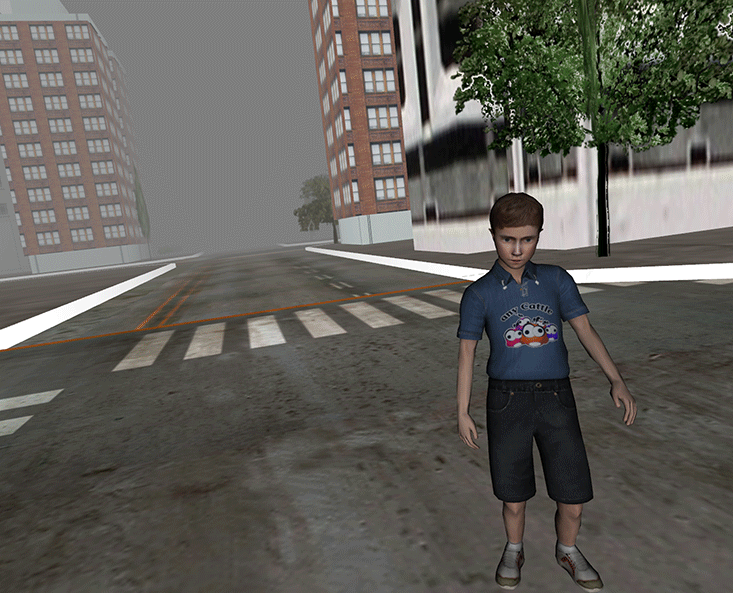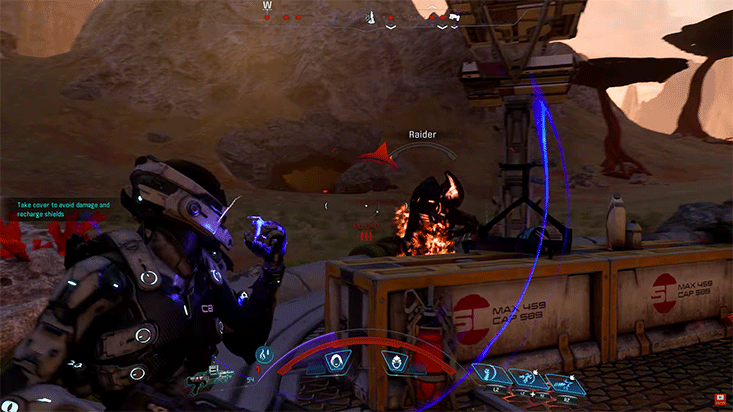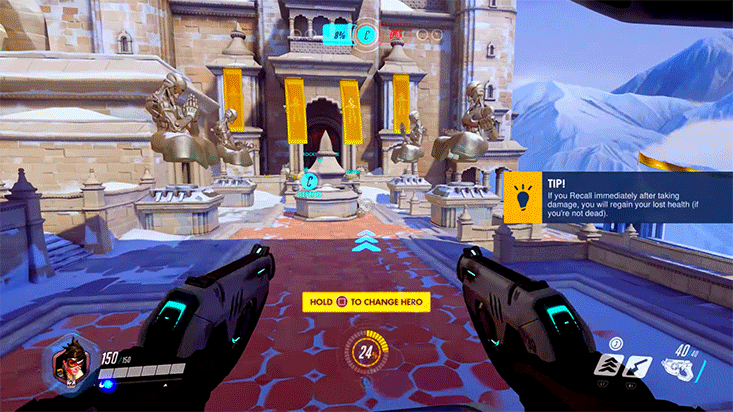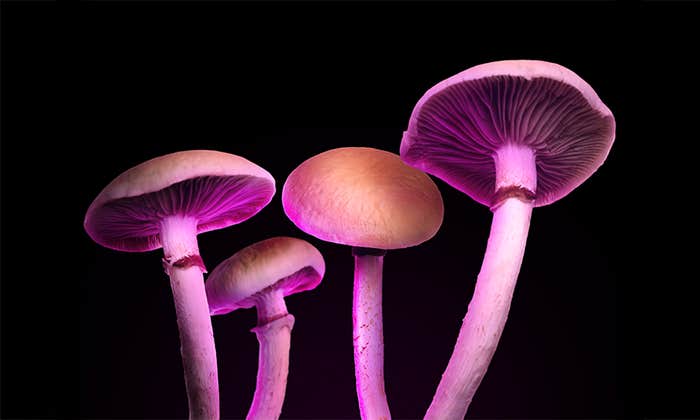Whenever the Kingdom of Hyrule has been in danger, a young boy named Link has risen to the challenge of saving the land from all manner of pixelated evil. The latest chapter of Link’s ongoing quest in the video game series The Legend of Zelda is about to be released. And while the graphics have improved since the 1980s, Link is still an empty vessel for players to inhabit, only facing danger with a push of the joystick. Videogame heroes take up a larger amount of people’s imaginations today than they ever have before. In the cultural economy they are as big a force as the heroes in books and movies. But as relatively new as videogame heroes are, some still question their ability to impact us on the level of more traditional art.
In 2010, the late great movie critic Roger Ebert argued that video games can never be art. “One obvious difference between art and games,” he wrote, “is that you can win a game.” By comparison, literature and movies emphasize the contemplation of their subjects. “Prose gives you the chance to do what no other medium can, which is dare to represent the contours of human consciousness,” says Tom Bissell, author of Extra Lives: Why Video Games Matter, as well as short stories, narrative non-fiction books, and big-budget blockbuster games including Gears of War: Judgment and Battlefield: Hardline.

But videogames do explore the consciousness of their players in ways that other media do not. Whereas literary or cinematic heroes are locked in place by the time you consume their tales, game heroes rely on your decisions. In Bioware’s Mass Effect trilogy, you inhabit Commander Shepard, a male or female super-soldier (your choice) who leads a resistance in the 22nd century against alien forces across the Milky Way galaxy. Over the course of the games, your decisions—how to respond to certain alien races or characters, when to fight or flee, who to save or kill—affect a long and complicated system of branching narratives, adding up to a final conclusion: Were you a force for good (Paragon, in the game’s terms) or not (Renegade)? As in life, good and evil walk very different paths. Certain characters in the game will talk to you very differently, if at all, if you hold a Paragon ranking. Your play determines your path; your hero’s quest is your own.
Do video game heroes measure up with those of Voltaire, Austen, Capra, or Kubrick? Perhaps not, but they do deserve our attention. According to the NPD Group, the video game industry’s leading sales-tracking service, 65.4 percent of all videogames purchased in 2014 were action, adventure, shooter, or role-playing games, genres most likely to include heroic protagonists. With over 155 million people playing games every day, that’s a lot of heroes being born and killed. The importance of the video game hero is particularly pronounced among children and adolescents in the United States, 97 percent of whom play video games for at least one hour a day.
Collectively, these experiences are changing what we expect of our heroes—and of ourselves.
I
n a 2012 experiment at Stanford’s Virtual Human Interaction Lab (VHIL), associate professor Jeremy Bailenson, clinical psychologist Robin Rosenberg, and then-student Shawnee Baughman studied whether people who inhabit a virtual superhero would actually be more altruistic in real-life. They studied the behavior of participants in a virtual city evacuated due to an earthquake. Two groups were given the power of flight, while two other groups were passengers in a helicopter; one of each group was asked to find a lost diabetic child wandering the city who needed their insulin, while the other spent the time leisurely touring the environment. What the team focused on was what happened next: After their time in VR, a real-life helper “accidently” spilled a cup of pens off a table. A camera recorded the participants’ reaction. In each case, the person given super-powers in VR was more helpful than those who had been passengers in the copter, regardless of their goal. “The superheroes were faster to help and more thorough,” Baughman told me over the phone. Efficient pen-collection is not your standard superhero power, but the result points to a kind of absorption of heroic tendencies following active engagement in a virtual environment. Baughman, now the senior operations associate at STRIVR Labs, and the former director of operation at the VHIL, explains that “people tend to respond to these [virtual] environments the same way they would respond in real life. That’s one of the biggest features of VR that we’ve found that’s different from reading a book or watching a movie.”
The same elasticity that allows for a distinct hero experience permits the player to fail.
That’s not to say that reading can’t feel life-like. Veronique Boulenger, a cognitive scientist at the French National Centre for Scientific Research, in Lyon, has found that reading simple active verbs causes activity in the brain commensurate with performing that same action. For example, she measured heightened activity in a participant’s motor cortex, specifically the area related to arm movement, while they read the phrase, “John grasped the object.” But the reactions to reading and VR participation are not the same: Compared to reading, a brain in the middle of an act of virtual heroism has an increased response from the sympathetic branch of the automatic nervous system, which is related to our fight-or-flight response, among other things.

In another study, Bailenson used functional MRI (fMRI) to measure blood flow to the hippocampus before and after a virtual experience. “Hippocampal behavior in the brain while in VR showed similar patterns of activity as what neuroscientists would expect for that same experience in real-life,” says Baughman. The hippocampus is part of the limbic system and plays a role in both memory as well as spatial navigation. If a virtual avatar ran across a busy street the player’s brain reacts as the same as it would running across a busy street in real life. The effect is more pronounced than the same experience in film. “In many of our studies we find that there’s a more salient impact on people’s real-life behavior, or their thoughts surrounding that topic, if they participate in a virtual experience as an embodied avatar in the environment rather than watching it from a 2-D perspective,” Baughman says. That impact includes how much you learn from an experience, how much information you retain, and how you behave immediately afterward. “There can be a real connection between who you are in that virtual environment and who you are in real life,” Baughman says.
Manos Tsakiris, a professor of psychology at the University of London, led a 2014 study on using virtual reality to enhance users’ empathy with “outgroups,” or groups other than their own. One experiment has the player wear a VR headset and walk around a virtual home. There are no end-goals, no monsters to kill; the point is to simply spend time within another’s skin. When the player approaches a mirror they see someone else’s reflection: A white man sees an African-American woman, say, or someone in their 20s sees someone in their 60s. “By changing self-resemblance,” Tsakiris writes in an email, “we create this illusion of ‘sameness.’ Because we typically have positive associations with self-related things, the people who are perceived to be like us are treated … with a positive association.” The study found that users’ perspectives on outgroups seen in these virtual mirrors almost always became more positive.
That mirror-image is reminiscent of a video-game avatar, which in effect provides an interactive form of this self-resemblance study. When we play, we absorb visual and auditory sensory information, while also dictating the pace and direction of our experience. Sit in a theater and you cannot ask the projector to stop the film; read a book and you can’t nudge the protagonist down that other alleyway. Tsakiris’ research suggests that such experiences can actually shape our concept of our self.
“The interesting thing about illusions of body ownership,” says Lara Maister, a research fellow at University of London and a colleague of Tsakiris, “is that the way we imagine our own bodies to look like is slightly altered after the experience.” She recounts a study by the University of Barcelona’s professor of virtual environments Mel Slater and colleagues that provides strong evidence for this. “After adult participants embodied a child-sized avatar, they showed unconscious cognitive associations between themselves and childlike characteristics. It was as if by perceiving their body as childlike, they adopted psychological characteristics of a child.”
What happens to our self-image if we perceive our body to be that of an Adonis? Or stand witness to heroic acts? Bioware’s internal statistics for Mass Effect 3 give a snapshot of the game’s nearly 4 million players and who they wanted to become: 64.5 percent of the total player base ended up as Paragon. At least in this digital reality, good won out.

If the video game hero is unusually impactful in some ways, it is constrained in others, being necessarily constructed differently from heroes in other types of narrative art. “A nuanced approach to character is liable to fall flat in a medium—the action video game—in which movement, activity, and doing are the primary motors of the narrative experience,” says Bissell. He understands the differences between writing for a reader and writing for a player better than most. “Nuance surrounded by mayhem doesn’t look like nuance. Often times it looks like nothing. I’ve learned this the hard way.”
Bissell begins writing books and games with the same first step: Research. “I typically do a ton of [research] for both games and fiction,” he says, “but for Battlefield: Hardline, very little of what I planned to use … wound up in the final game.” This points to a difference between heroes on the page and those we push around with joysticks. “In a game story, things generally happen on the move, in medias res,” Bissell says. “And your job as a writer is coming up with ways to ground and make plausible situations that are, on the face of things, often highly ridiculous. So you’re almost always painting with a much broader brush.” A good deal of narrative time, he says, is devoted to establishing what the player is supposed to be doing. “There’s no time to reflect or pause or meander.”

The video game writer also needs to consider the complex and active role of the player. Michael Chu, lead writer at Blizzard Entertainment for Overwatch, sees the medium as “kind of [melding] the player and the character [together].” This is why Chu, “Hero Designer” Scott Mercer and the rest of the Blizzard team create their characters through an iterative process, paying close attention to player feedback during Beta tests. This includes collecting data on survival times for different characters, watching while players react in real time, and soliciting reactions on Blizzard’s website.
Blizzard, says Chu, wants stories to bubble up from player interactions in the game itself, as opposed to prescribing a single narrative. Any “official” backstories are revealed through separate channels: A series of short films reveal origin stories for each character, but these exist outside the game, on the company’s YouTube page. In-game markers such as alternative “skins” or costumes might nod to these origins, a reference picked up by only the most ravenous fans. With gameplay comprising distinct matches, each clash between each team of six exists on its own: This is the players’ story. Where a book or film is a medium through which stories are told, a video game is a space where stories are created.
Unlike traditional heroes, interactive heroes don’t always show up on time, or succeed when they arrive.
One Overwatch character, Reinhardt Wilhelm, is a large armored cybernetic knight styled after King Arthur. He has no visible face, just a yellow glow behind a medieval helmet. The average player has little reason to care for him: There is no tragic prologue, no secret identity to hide. He would not be a compelling character in a book. But the game brings him to life. Choose him and you see the arena from his perspective in first-person; you’re looking out from behind his—I mean your—helmet. Your actions become his. Chu explains: “When he charges into battle, he’ll say ‘Get behind me!’ or ‘I am your shield!’ or he’ll laugh when people are shooting the shield and damage isn’t getting through. You feel connected to the character because you are personally feeling what the character is exhibiting.”
“Moments where the character synchronizes with what you as the player are experiencing … I think that is the magic of the interactive medium,” Chu says. These synchronicities can be fleeting, however, and are not guaranteed. The same elasticity that allows for a distinct hero experience permits the player to fail: To not, in fact, save the day. It’s a sense of risk-reward that changes our experience of being a hero. This time, we might lose. The potential to fail is a psychological carrot that motivates us to play more.
Isabela Granic, a professor and chair in Radboud University’s developmental psychopathology department, argues that this variable reward is catnip for players. In a way, some modern games have become an evolution of B. F. Skinner’s operant conditioning chambers, or “Skinner Boxes,” that provoked an animals’ interest in seeking out reward and avoiding punishment by making each unpredictable. “The kinds of intermittent reinforcement schedules that are doled out to video game players are the most effective for ‘training’ new behaviors,” she says. Unlike traditional heroes, interactive heroes don’t always show up on time, or succeed when they arrive. “Being immersed in these gaming environments,” Granic speculates, “teaches players an essential basic lesson: Persistence in the face of failure reaps valued rewards.”
This opens up the possibility of new kinds of video game heroes, and a space for complexity akin to the one literature has developed over the ages. The first step, says Bissell, may be to move past the usual world-saving scenarios: “This is a key issue for commercial games to overcome, the perception that commercial games must traffic in power fantasies, that the player will respond first and foremost to ‘feeling strong.’ I’d love to play an action game with a highly fallible, even cowardly, hero. I think that would be groundbreaking and hilarious.” While that may not be quite the god-like behavior we’re used to in video games, it’s a sensible progression. After all, Bissell says, “game stories are about gods, but the god is also you.”
Jon Irwin teaches college writing in Atlanta, GA. A long-time contributor to Kill Screen, his essays and criticism have appeared in Billboard, Down East, GamePro, and Paracinema.
Lead photocollage created using images from De Agostini / A. Dagli Orti / Getty Images and, of course, Nintendo.


























